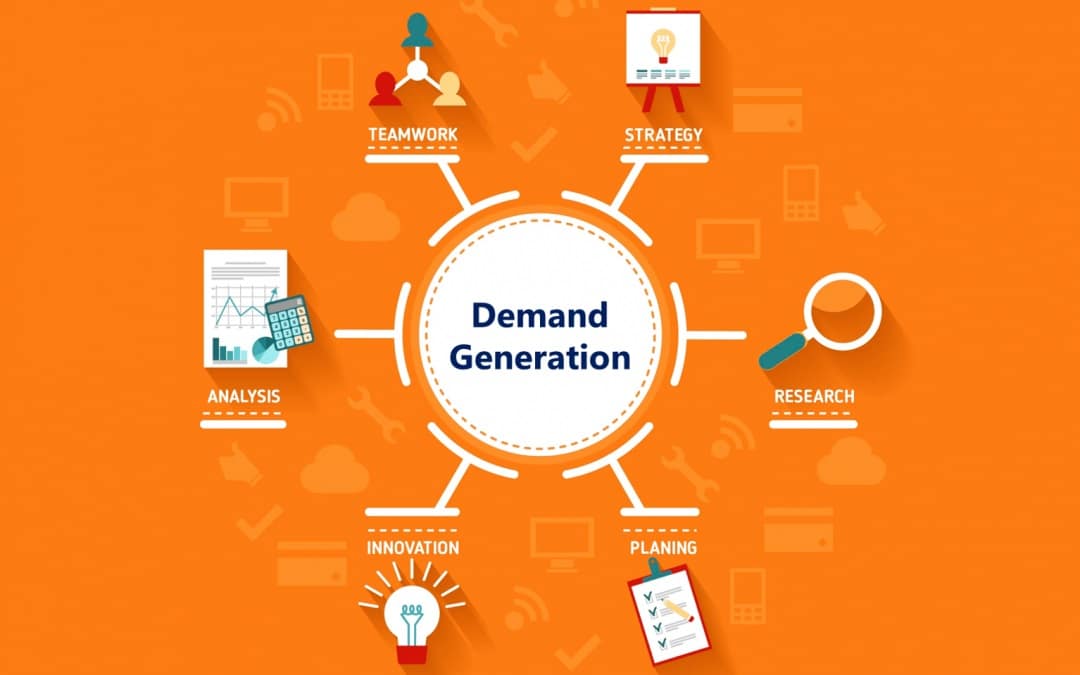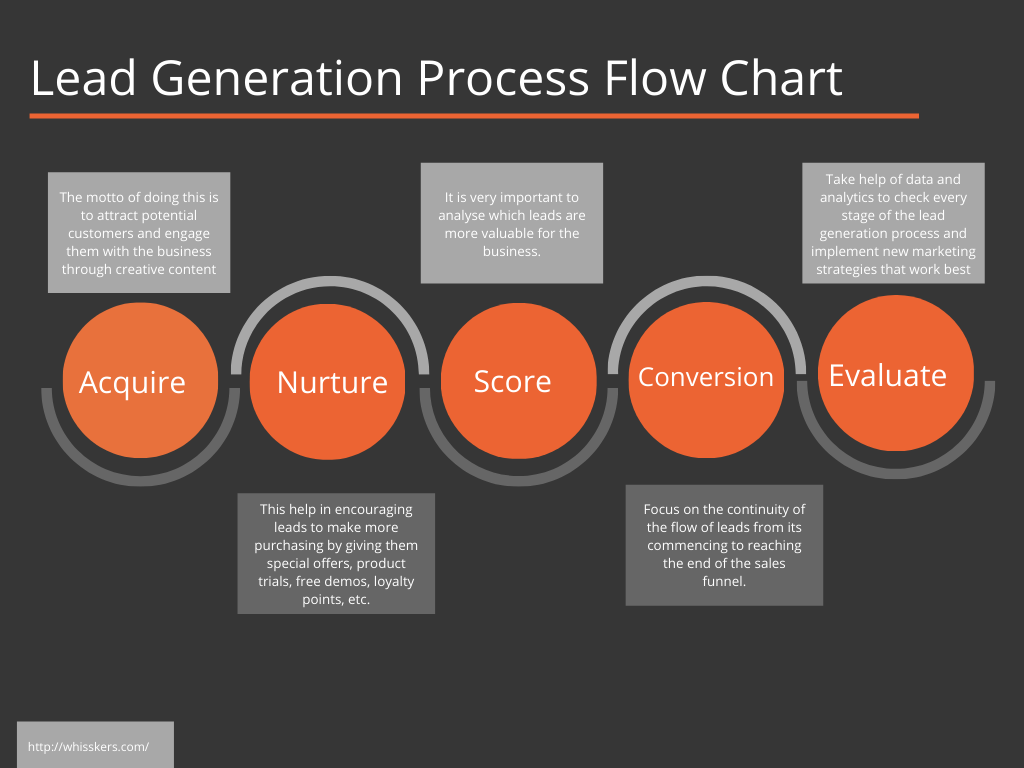What Is Demand Generation in Marketing?
In digital marketing, it’s important to get familiar with all the different strategies that you can utilize to make sales. Everything from how you approach your target demographic to how you get them to the shop from you has to be done strategically. You can’t just create content, set up a sale, and hope that this will be enough to entice prospects.
For many newcomers in the business, terms like demand generation and lead generation don’t mean different things, even though they are essential parts of any digital marketing campaign. Anyone that isn’t familiar with these two terms might conflate the two or consider them relatively similar. While there are some parallels, lead and demand generation serve different purposes, both of which are important to digital marketing.
Before you can start implementing these strategies, you have to get to know them intimately and how they differ. This will help you get an understanding of the activities that will follow once you begin advertising your business. To give you a good idea of what you’re working with, we’ll explain both terms and how and why they synergize together. Take a look at our quick rundown of demand generation and lead generation.
What is Demand Generation?
Demand generation encompasses multiple marketing activities that help build awareness of your products and services. The point is to get your target market interested, but you’re not trying to convert them just yet. As its name suggests, demand generation helps you do one thing—generate demand among consumers. In a way, you’re trying to create a target market and build trust in your brand with these activities.
Keep in mind that promoting your brand isn’t actually demand generation, but it can be a byproduct of the process. After all, you’re trying to identify pain points and how to bring your target market closer to a solution. In this case, the solution comes from your business and its products and services. After a consumer comes into contact with your demand generation efforts, you use different strategies to turn them into leads. This is where lead generation comes in.

Image Source: eberlycollardpr.com
Examples of Demand Generation
There are many different methods that are used to practice demand generation, and many of them complement each other in various ways.
Some of the most essential demand generation practices include guest blogging, podcasting, and ads on third-party websites. If you’re starting from scratch, it’s absolutely essential that you apply these practices to your digital marketing strategy. People aren’t going to flock to your website if they’ve never heard of you. Featuring your content on other websites helps you reach new audiences that would otherwise never find your business. Plus, appearing on well-known websites allows you to start building trust immediately.
Running paid searches and social media campaigns can also help you quite a bit when it comes to reaching new audiences. By using what you know of your target audience’s concerns, you can use these tactics to generate content that will get them closer to a solution.
SEO-optimized content also falls under the umbrella of demand generation. If you have any kind of digital marketing strategy, it’s likely that you’re already aiming for proper optimization. What connects it to demand generation is the fact that you’re trying to lead anonymous prospects to your website. Optimized content helps you achieve this much more easily. In a way, your blog is a demand generation tool, even though it also serves many other purposes (including the generation of inbound leads).
How Do You Optimize Demand Generation?
Since demand generation is more of an active process, you have to take steps to optimize it and improve results. The question on your mind should be—Where are the prospects and what are their pain points? Once you have answers to these questions, the process of demand generation becomes much more straightforward.
To get a good start, you’ll want to develop your target demographic’s buyer persona. What kind of person are you trying to attract? Which websites do they trust? With this information, you can start making moves and choosing where and how to place your content.
Speaking of content, it’s essential for moving users through your marketing funnel. How do you know whether or not it’s effective? Have you optimized it correctly to reach your target market? There are many businesses that simply churn out content without thinking about how well it will perform after a search engine index. To get a good idea of what types of improvements you need to make, you should seek out a free SEO audit for your website. It’s a crucial step that will show you where your demand generation efforts are underperforming and what you can do about it. Once you make the necessary changes, you’ll find that search engines will provide you with much better rankings. As a result, your ability to generate demand will increase significantly.
What is Lead Generation?
Once you’ve created a need for your products and services through demand generation, you’ll want to lead your target market to those same solutions. The way you do this is with the help of lead generation. It’s a process that focuses on using content and promotion to generate leads from your target market. It’s closely followed by targeted marketing and sales strategies.
Some common examples of lead generation strategies include gated content, which is often in the form of white paper, guides, checklists, e-books, and many others. After separating a user from the solution they need, you’re able to offer them an easy way to it in one way or another. Email subscriptions are another great form of lead generation. You can offer subscriptions to your blog posts that contain content that might be beneficial to the user.
Freemium trials give users a taste of what they could have through your digital products. If they try it out and like it, they are much more likely to make the full purchase. With webinars, you can give users the full brief when it comes to pain points and how your business can take care of them. Plus, it offers more avenues for direct marketing strategies.

Source: whisskers.com
Are Both Methods Effective?
The short answer is yes, while the long answer—still yes! Both demand generation and lead generation serve important roles in your digital marketing campaign. Demand generation helps keep users interested and gets them to your website. Lead generation creates leads by using various strategies that entice consumers.
While they might have some similarities, their functions produce results in different ways and by using different methods. When it comes down to it, they get customers on your pages one way or another. Because of this, experienced digital marketers often utilize elements of both in their business strategies.
Should I Use Both Demand Generation and Lead Generation in My Strategy?
If you’re looking to create an effective digital marketing strategy, you have to use aspects of both demand generation and lead generation. How would you imagine lead generation efforts without the help of demand generation? Essentially, you can create gated content and conversion opportunities for prospective customers, but who are you targeting in this scenario? Without demand generation, you’ll have a much smaller number of visitors to actually use these strategies on. With no one to come to your website to become a lead, there isn’t much use in lead generation.
The opposite situation can be just as unproductive. Imagine that you can drive thousands of users to your website every single day without issue. Your content and guest posts are insanely popular, and organic traffic is up significantly. Without lead generation, there’s not much that can attract users to become leads. If you don’t nurture the connection with users, your sales numbers will depend on whether or not they spontaneously decide to take the next step. While this is a realistic situation and sales are still likely, you’ll end up with much lower numbers than what you might get with a proper lead generation strategy. To avoid depending on the whims of visitors, you should entice them with the aforementioned lead generation steps.
Conclusion
By now, it should be clear that the differences between demand generation and lead generation aren’t the real point of this discussion. Both are crucial elements of online marketing, which means you have to apply both to make your campaign more effective. Understanding the parallels and differences will help you get a good idea of how each strategy works, which is essential for what’s to come.
Neither of them is simple to apply, and they often require expertise in various aspects of digital marketing. Whether you want to optimize your website’s content or create limited access to your products that will entice users, you have to know how each and every element will fit in with your overall strategy. Because of this, you’ll often have to enlist the help of professionals to optimize each and every aspect of demand and lead generation until it’s perfect. The good news is that it’s always an ongoing process, so you shouldn’t be in a rush.
Sell more, understand your customers’ journey for free!
Sales and Marketing teams spend millions of dollars to bring visitors to your website. But do you track your customer’s journey? Do you know who buys and why?
Around 8% of your website traffic will sign up on your lead forms. What happens to the other 92% of your traffic? Can you identify your visiting accounts? Can you engage and retarget your qualified visitors even if they are not identified?


